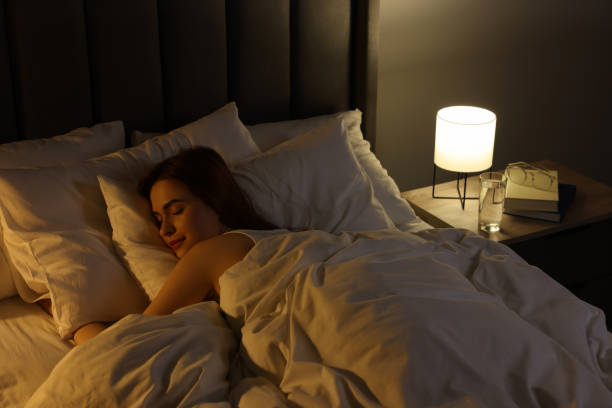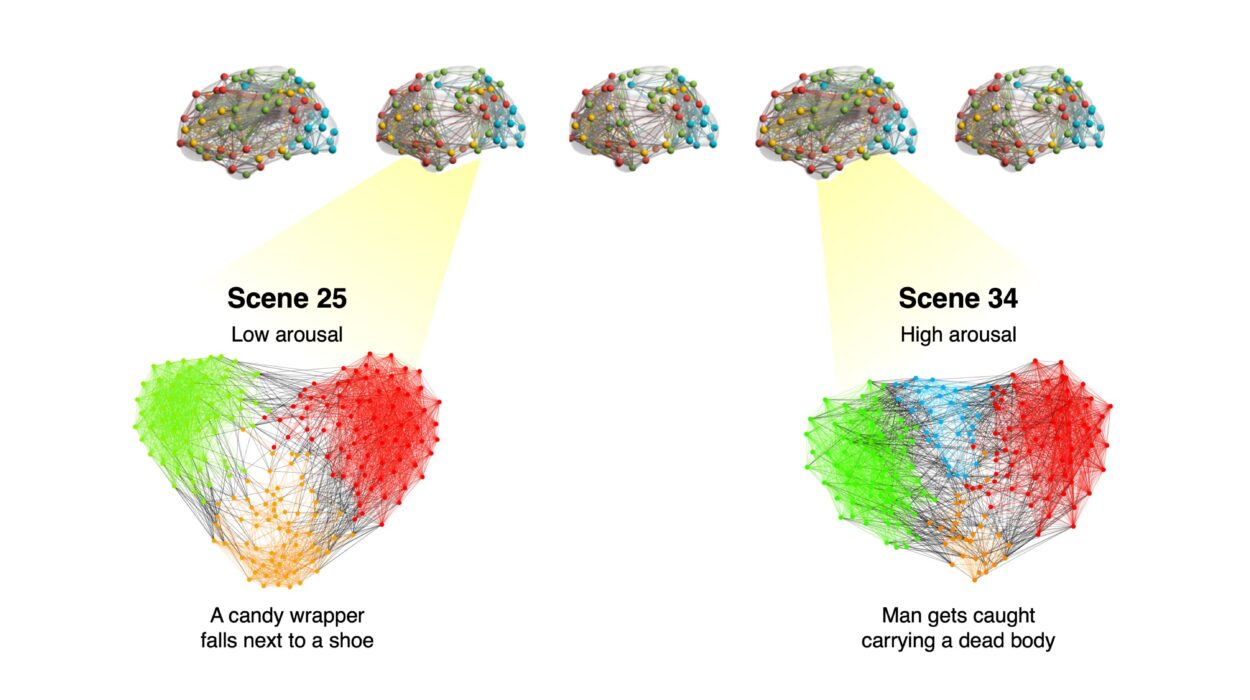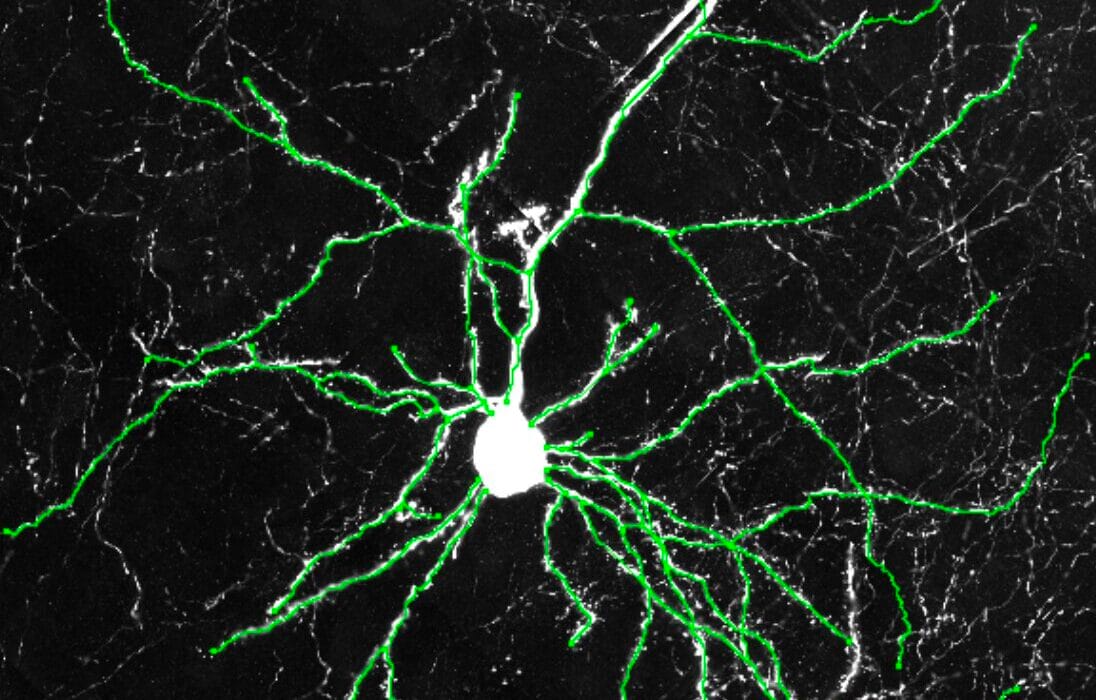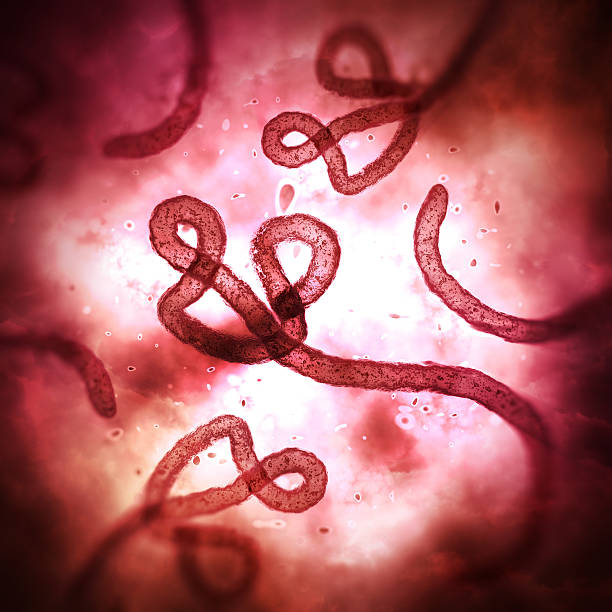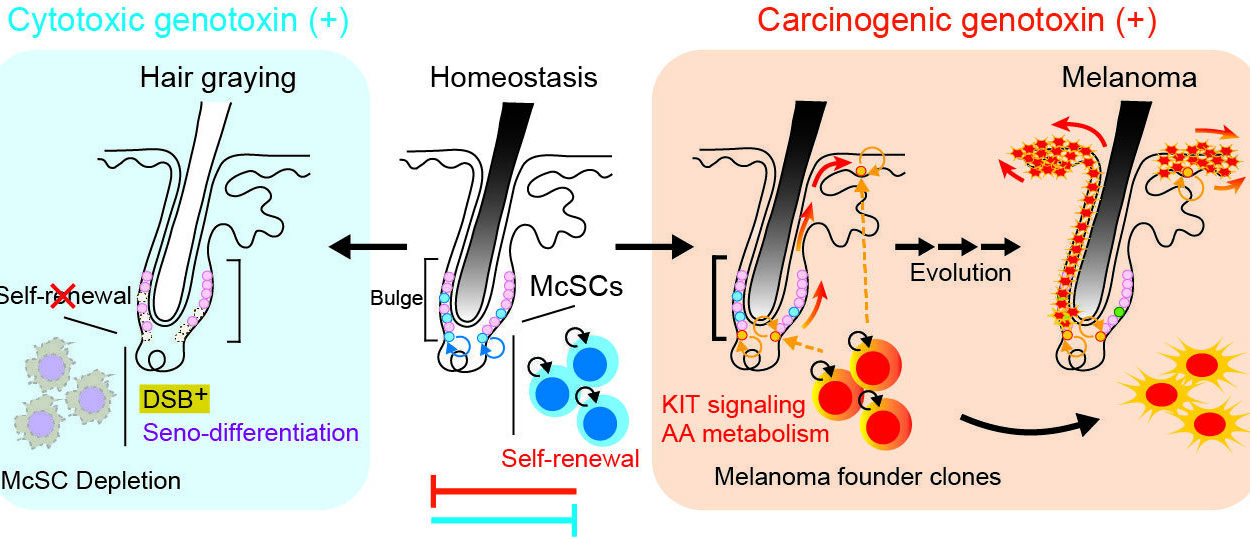In a groundbreaking new study, scientists from Australia’s Flinders Health and Medical Research Institute, working with colleagues in the UK and U.S., have uncovered evidence that exposure to brighter light at night may significantly increase the risk of developing five major cardiovascular diseases—including heart attacks and strokes.
The study, involving more than 88,000 people in the UK, shines a stark spotlight on a modern hazard lurking where few might expect it: the artificial glow of our illuminated nights.
When Night Falls but the Lights Stay On
For countless millennia, human biology danced in step with the cycle of day and night. Our bodies, like those of nearly all creatures, are governed by circadian rhythms—a tightly orchestrated symphony of hormonal signals and cellular processes that regulate everything from blood pressure and metabolism to sleep and immune function.
Yet modern life has pulled us away from the darkness. Neon signs, LED lamps, smartphones, and urban glow have blurred the ancient line between day and night. And the consequences, scientists are discovering, run deeper than sleeplessness.
“Circadian rhythms govern critical processes like blood pressure, heart rate, platelet activation, hormone secretion, and glucose metabolism,” said the study’s authors. “Disruptions to these rhythms can trigger a cascade of health problems, including cardiovascular disease.”
Previous research hinted at a connection between nighttime light exposure and heart health. But until now, scientists lacked large-scale, precise data on how much light individuals actually experience while they sleep—or toss and turn—in their own beds.
Tracking Light in Thousands of Lives
Determined to solve this mystery, researchers turned to the UK Biobank, a massive health study tracking half a million participants across England, Scotland, and Wales. For this analysis, the team focused on 88,905 adults, average age around 62, who wore wrist-based light sensors for a week between 2013 and 2016.
Each flicker, glow, and glimmer was captured in precise digital detail, painting a vivid picture of personal light exposure—far more accurate than estimates from satellites or bedroom surveys.
Then the scientists dove into medical records from the UK’s National Health Service, tracking new diagnoses of five cardiovascular diseases: coronary artery disease, myocardial infarction (heart attack), heart failure, atrial fibrillation, and stroke.
Bright Nights, Dark Consequences
The results were stark.
Participants who fell into the top 10% for night-time light exposure faced substantially higher risks across all five cardiovascular conditions compared to those whose nights were darker.
- Coronary artery disease: 23–32% higher risk
- Heart attack (myocardial infarction): 42–47% higher risk
- Heart failure: 45–56% higher risk
- Atrial fibrillation: 28–32% higher risk
- Stroke: 28–30% higher risk
These associations held strong even after accounting for dozens of other influences, from physical activity, smoking, and alcohol use to socioeconomic status, sleep duration, and even genetic predispositions to heart disease.
Intriguingly, women showed stronger links between night light and risks for heart failure and coronary artery disease. Meanwhile, younger participants experienced sharper increases in risk for heart failure and atrial fibrillation—an unsettling hint that artificial light might be having outsized effects on hearts that should still be in their prime.
Why Does Night Light Harm the Heart?
While the glow of city lights might seem harmless—or even comforting—biology tells another story.
Our eyes contain special cells sensitive not just to vision, but to light’s presence itself. These cells send signals to the brain’s master clock, which in turn orchestrates the timing of countless bodily functions. Bright light at night can confuse this system, triggering circadian misalignment that ripples through the body.
The study’s authors propose several ways this misalignment could damage cardiovascular health:
- Metabolic disruption: Artificial light may worsen glucose tolerance, raising diabetes risk and promoting damage to blood vessel linings.
- Hypercoagulability: Light-driven changes could make blood more prone to clotting, raising risks of heart attacks or strokes.
- Blood pressure elevation: Constant exposure to brightness may keep blood pressure high, straining arteries and the heart muscle.
- Arrhythmias: Conflicting signals to the heart’s electrical system could increase vulnerability to irregular heartbeats.
It’s a complex biological ballet, now tripped up by a simple twist of a light switch.
A New Frontier in Heart Disease Prevention
While the findings are not yet peer-reviewed, they raise pressing questions about how we light our nights—and how those choices might echo in the chambers of our hearts.
“Avoiding bright light during habitual sleep times may serve as a practical addition to established cardiovascular prevention strategies,” the authors urge. They call for circadian-friendly guidance in home lighting, hospital settings, and urban design.
Imagine cities where streetlights dim late at night, homes lit with warmer, softer hues, and public health campaigns encouraging “light hygiene” as passionately as we promote exercise or a healthy diet.
An Urgent Wake-Up Call
As modern life propels us further into a world ablaze with artificial brightness, this new research offers a vital reminder: the dark is not our enemy—it is a biological necessity.
The flickering lights of our cities might symbolize progress, but they may also cast long shadows over our health. Our hearts, it seems, still crave the velvet hush of true night.
And as the stars fade behind an urban glow, scientists warn that the price of our bright nights might be measured not in kilowatts—but in heartbeats.
Reference: Daniel P Windred et al, Personal night light exposure predicts incidence of cardiovascular diseases in >88,000 individuals, medRxiv (2025). DOI: 10.1101/2025.06.20.25329961
